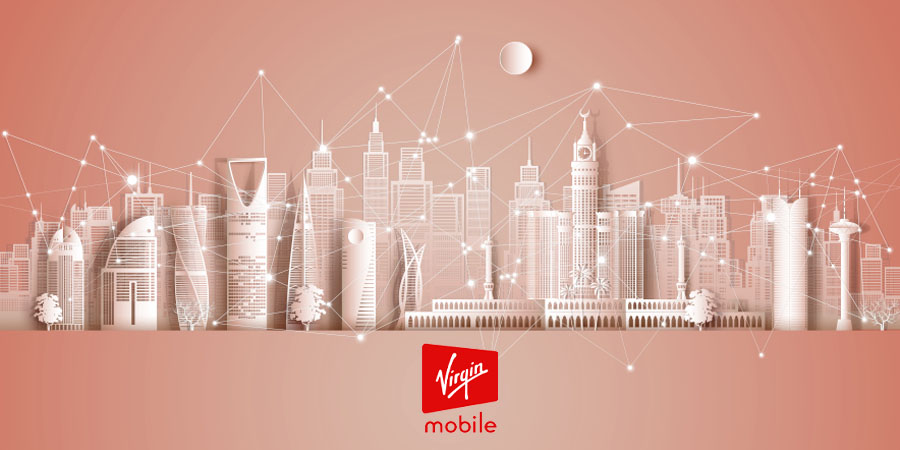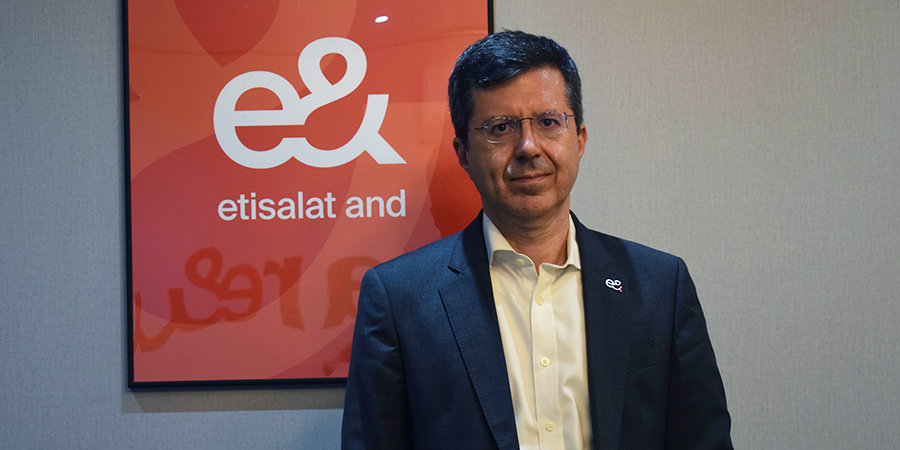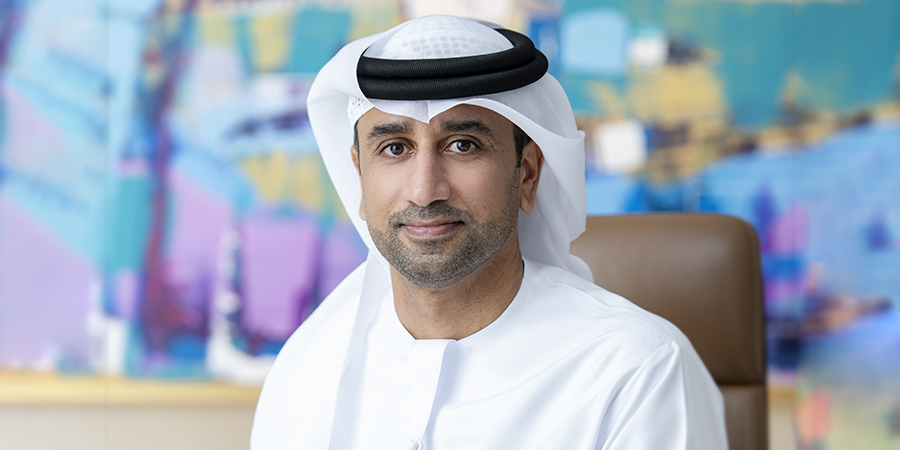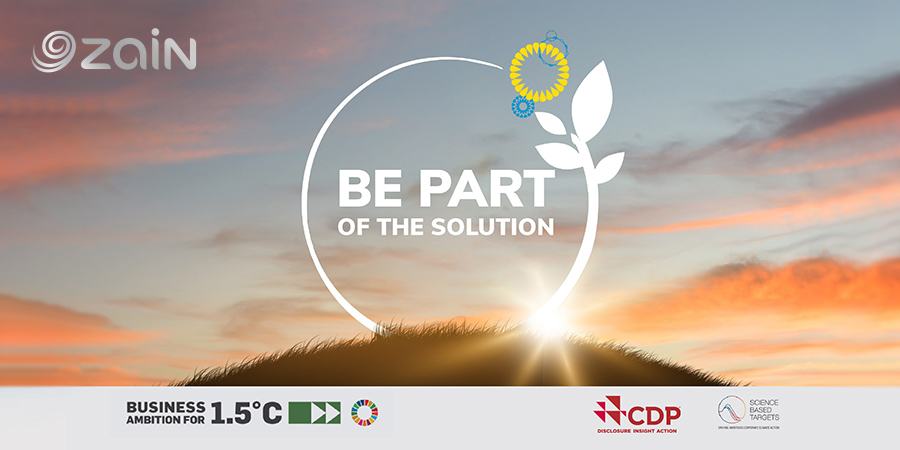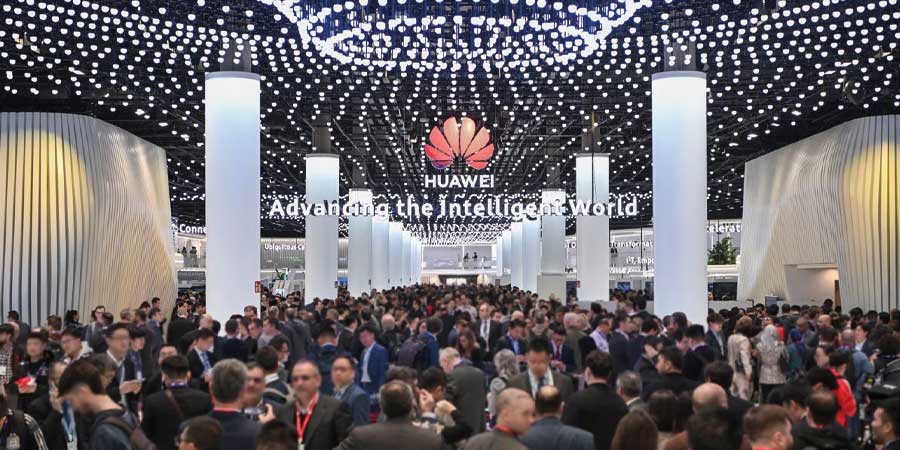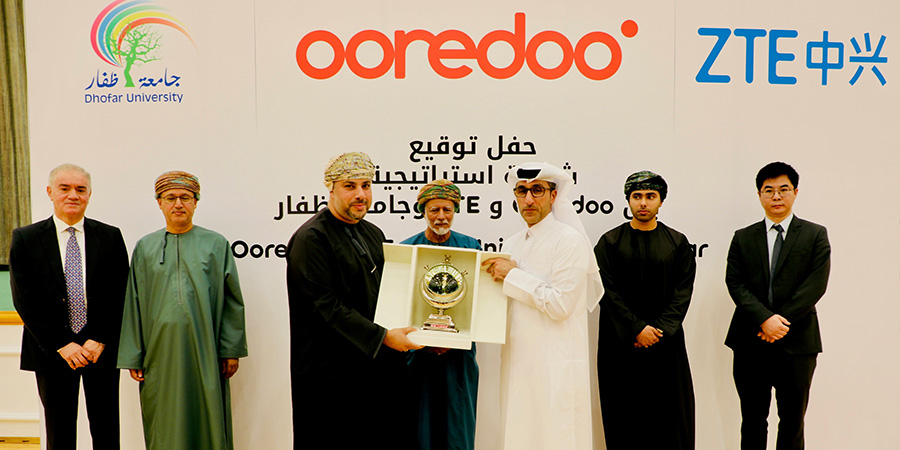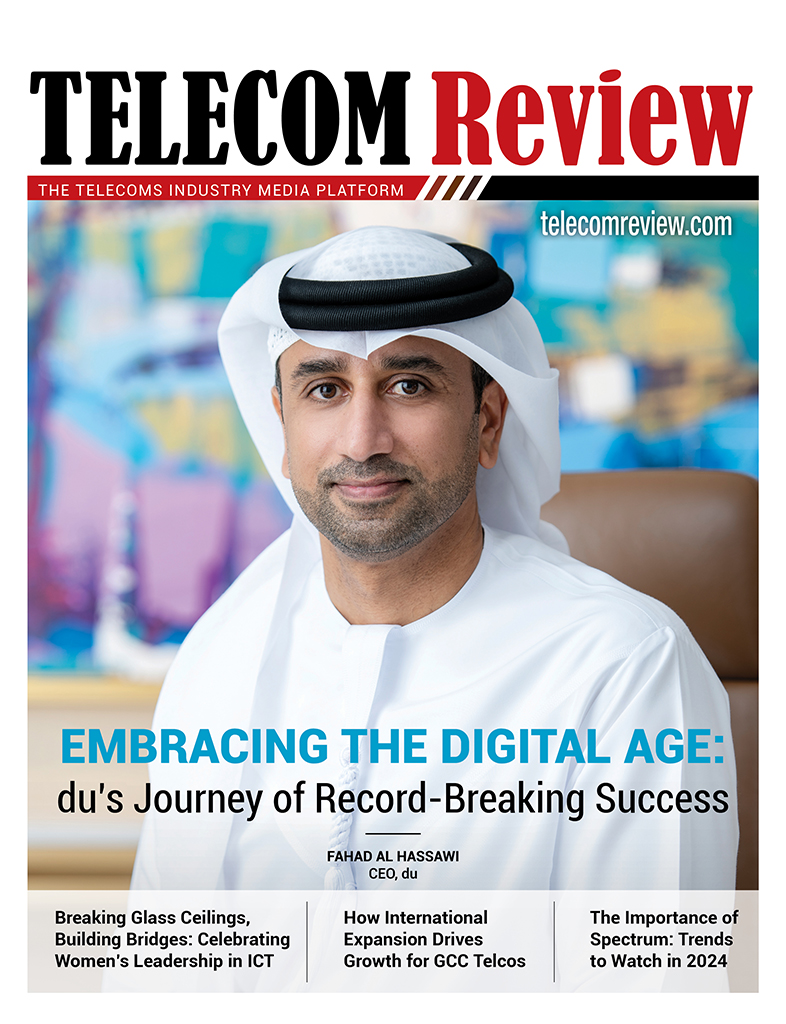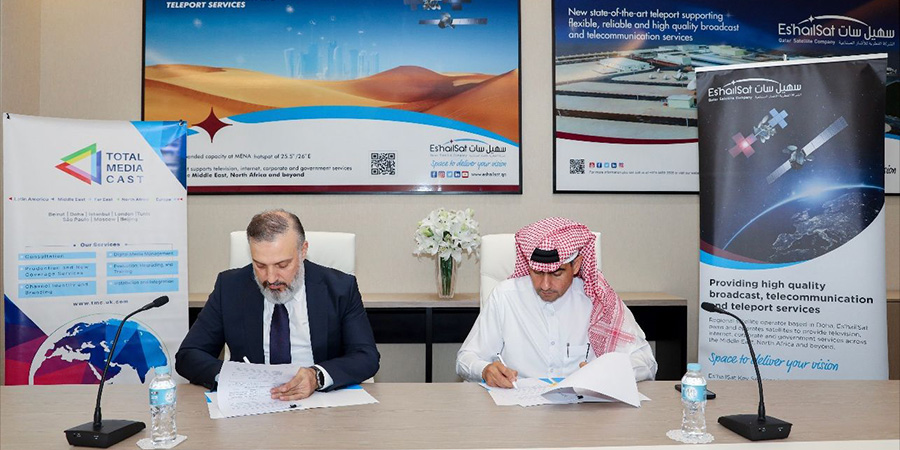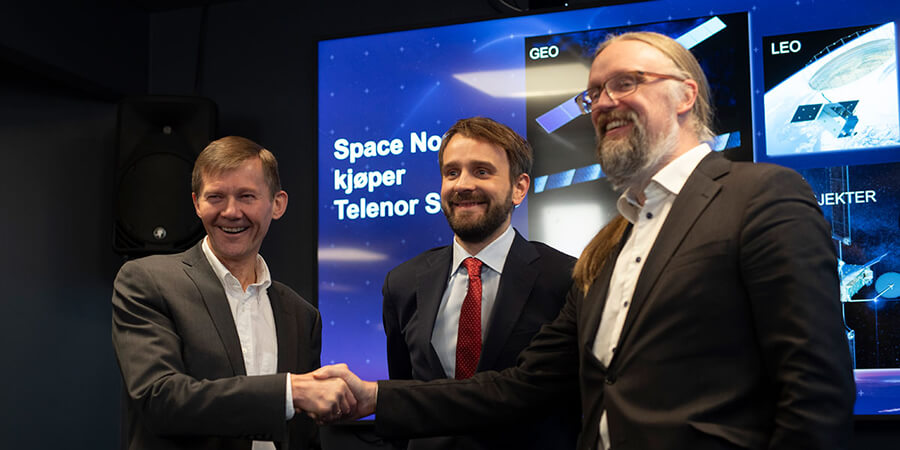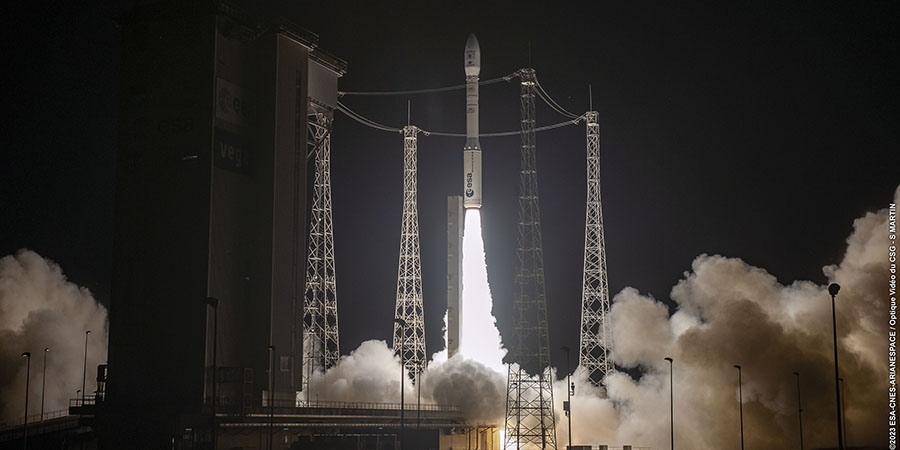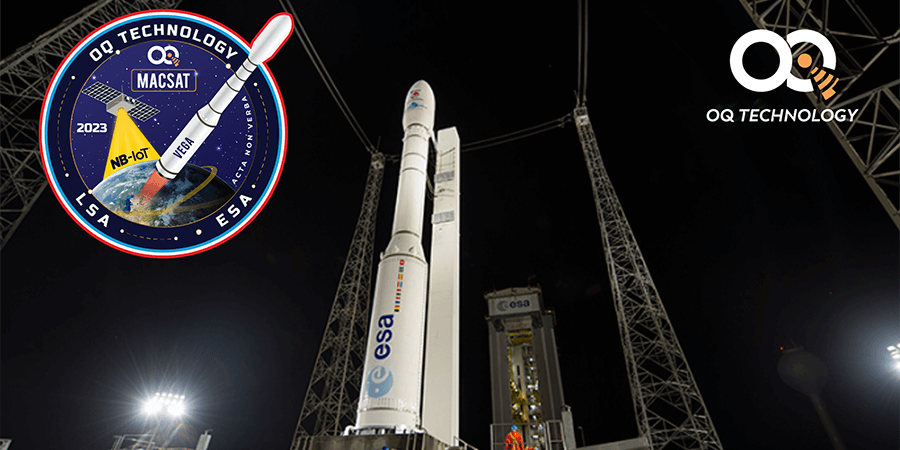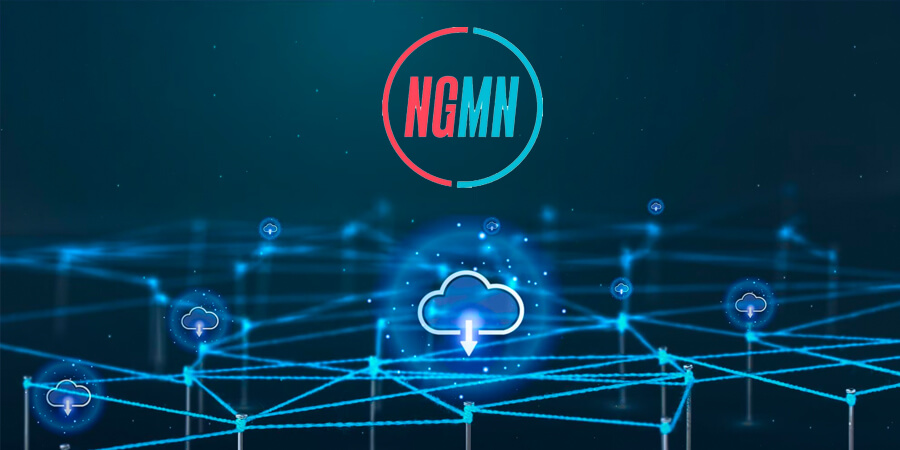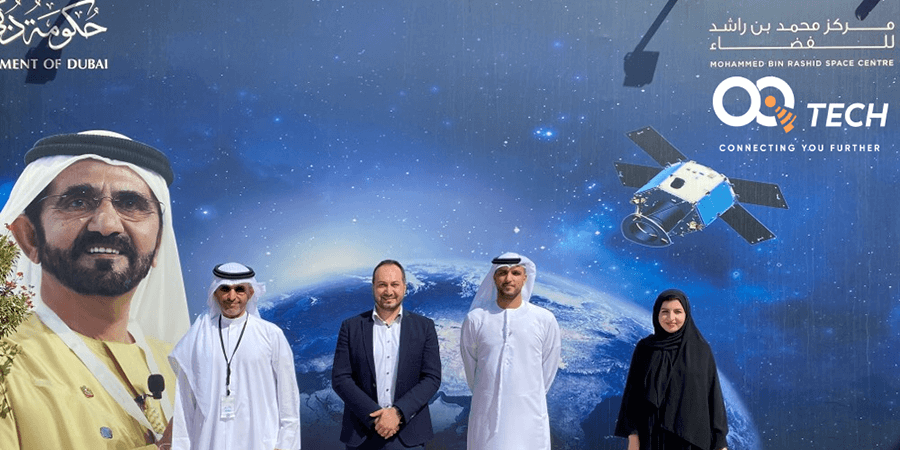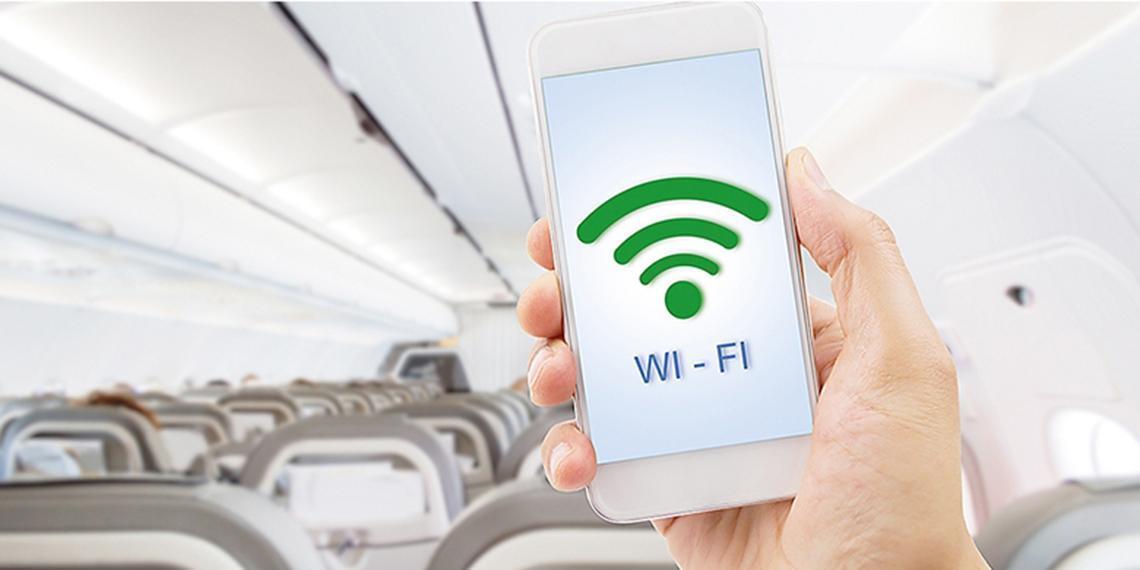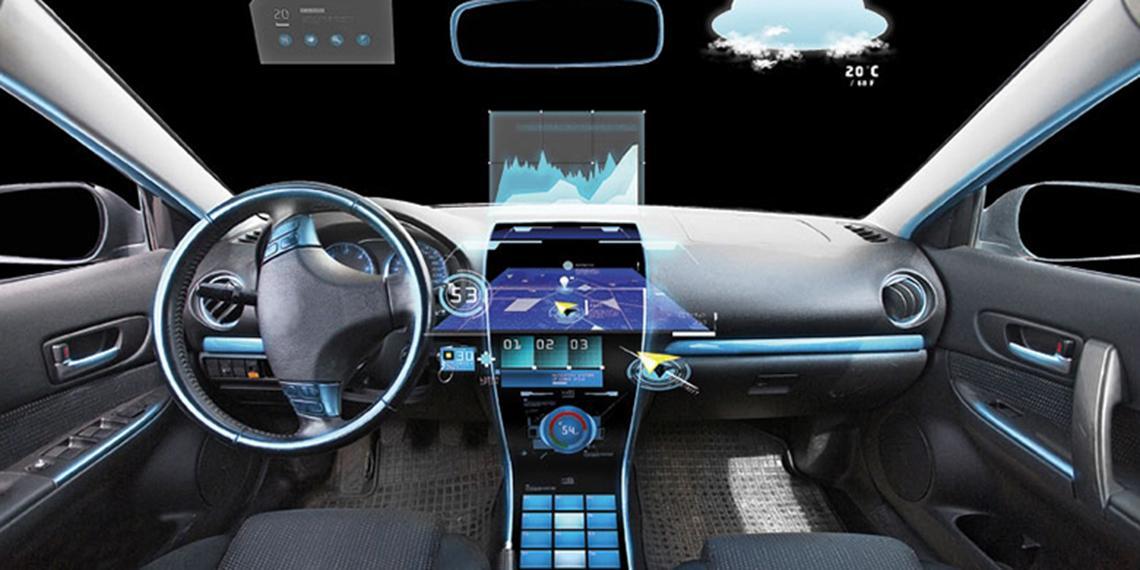The telecommunications industry is continuously evolving, influencing unexpected industries - even the energy sector. Now that connectivity is such a vital part of modern lifestyle, people today expect telecom operators to provide them with seamless service. But that isn't always possible, especially for remote and rural regions that often suffer from power blackouts. That was, until zinc-air energy storage emerged as a promising solution.

IN THE SPOTLIGHT
Latest News
Amidst the whirlwind of AI-driven transformations sweeping through various sectors, the telecom industry stands as a vanguard of innovation. In an exclusive interview with Telecom Review, Mikhail Gerchuk, the CEO of e& international, offered profound insight into the dynamic landscape of telecommunications, discussing the initiatives, challenges, and future prospects of this evolving field.
In an exclusive interview with Telecom Review, du's CEO, Fahad Al Hassawi, elaborated on the company's commitment to fostering a more prosperous future grounded in knowledge and innovation. He discussed various aspects, including du's remarkable financial performance, ongoing commercial initiatives, digital innovation endeavors, expansion in fintech, robust workforce, sustainability objectives, and key targets set for 2024.
David Erlich, Consulting Director at Sofrecom, granted Telecom Review an exclusive interview and discussed the increasing awareness and efforts to estimate and mitigate the carbon footprint of Information and Communication Technologies (ICT), with a specific focus on data centers. He highlighted the methodologies used to assess carbon footprints, the significant energy consumption by data centers, driven primarily by server growth and cryptocurrency mining, and the shift towards greener energy sources by major ICT players.
Satellite and Broadcasting
Empty Category
In-flight WiFi: The final frontier of convenient connectivity
WiFi connections now exist almost everywhere in modern infrastructure, found in a multitude of areas, from cafes to your local bus stop, airports, schools and offices. Without the convenience of WiFi, connecting with people on-the-go wouldn't be anywhere near as easy as it is today. For a long time, WiFi didn't penetrate the commercial airline industry. Traveling through the sky, passengers were expected to switch off their mobile phone and accept a general lack of connectivity with the world below. That tradition has changed in recent years, with the emergence of reliable and often free WiFi services available on commercial flights.
How big is IoT going?
Internet of things: a term that internet users have been peppering the search engine with questions about. But what does it mean for real life and how big is it going?
Digital Transformation impact on CSPs
The communications space is growing as disruptive internet companies are increasing their dominance. Communications service providers (CSPs) need their own digital strategies and action plans to face the challenge of this changing business environment.
Smart cars : Let go of the steering wheel and enjoy the ride
Ever dreamed of kicking back, letting go of the wheel and reading the paper during the commute to work? In large cities, that could soon be a reality. We have reached an era where every single device or object is connected. We have reached a point where our cars can take us for a long ride without even bothering to drive ourselves.


